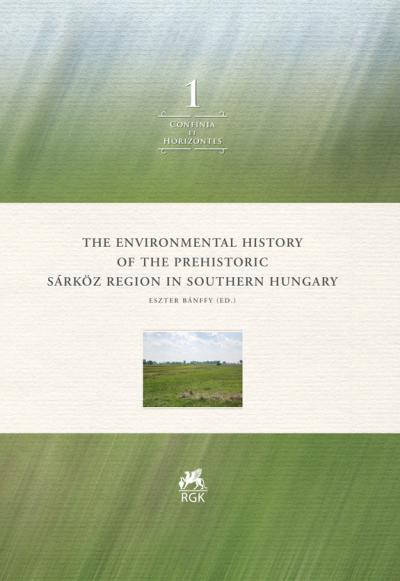Prehistoric environment of the Sárköz region in the Danube Valley, southern Hungary. Case studies from infilled oxbow lakes
https://doi.org/10.34780/yrv3-rekc
List of Contributors
- Pál Sümegi [Chapter Author] https://orcid.org/0000-0003-1755-4440
- Katalin Náfrádi [Chapter Author]
- Tünde Törőcsik [Chapter Author] https://orcid.org/0000-0002-2014-5990
- Gusztáv Jakab [Chapter Author] https://orcid.org/0000-0002-2569-5967
- Elvira Bodor [Chapter Author]
- Mihály Molnár [Chapter Author] https://orcid.org/0000-0003-4382-9508
- Balázs Sümegi [Chapter Author] https://orcid.org/0000-0002-4498-908X
- Réka Orsolya Tapody [Chapter Author]
- István Knipl [Chapter Author]
- Rozália Kustár [Chapter Author]
- Eszter Bánffy [Volume editor]
Synopsis
This study offers a broad and comprehensive overview of the geographic setting and environment on the alluvial plain known as the Sárköz (“mudland”) in the southern Danube Valley in the Carpathian Basin. In order to undertake the palaeo-ecological investigations, samples were collected by coring performed with an extraction method that has a long-established history in the analysis of the geochemical composition of lacustrine sediments. Samples were also routinely submitted for radiocarbon dating. The results enrich our knowledge of the environmental background and history of early sedentary and food-producing communities. Our main focus is on the onset of the Neolithic (early 6th millennium cal BC) and the ensuing two millennia. On the testimony of the archaeological record, this region can be regarded as the last arena of the Neolithic transition in the southern Carpathian Basin located between South-East and Central Europe, which led to the emergence of food-producing economies and the shift to sedentary lifeways. This period, designated as the time of the “first farmers” across the vast loess areas of Europe, is followed by the groups of the Linearbandkeramik (LBK), characterised by fully sedentary lifeways. This analysis offers a broad outline of the environmental background of a region that can be regarded as one of the key areas in the transition to sedentary life in Central Europe.




